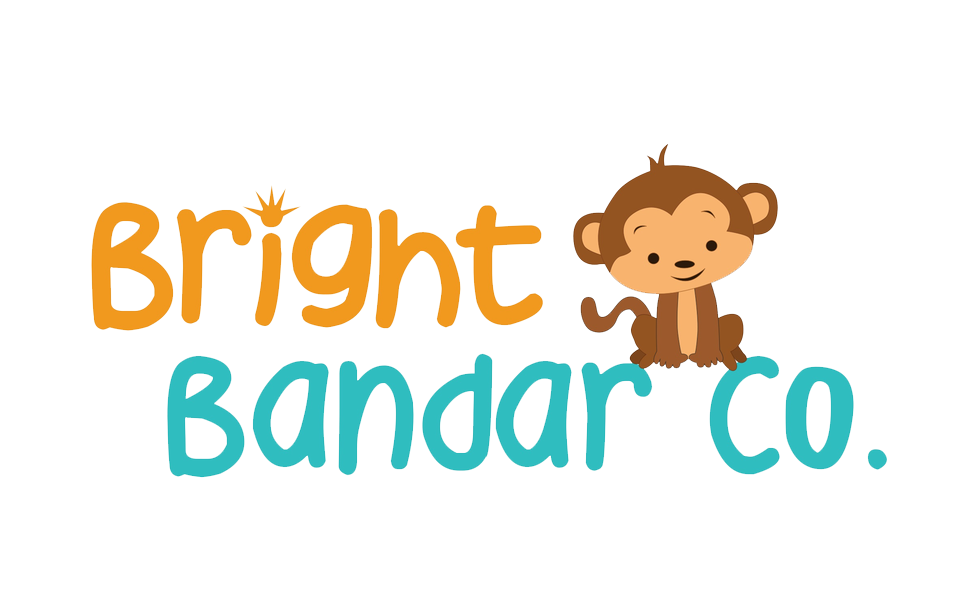Having lived in Mumbai for the initial 10 years of my life, speaking multiple languages came naturally to me at a young age. While we spoke Gujarati at home and with my family, all the communication at school occurred in English (where we also had language classes in Hindi and Marathi), and Hindi (the national language of India) was regularly used for general interactions with friends or others (like shopkeepers). Learning multiple languages was almost effortless, as I was constantly exposed to a variety of languages on a regular basis.
Fast forward 20 years - Canada is now my home and I have a family of my own. Raising two little ones in a country where the main (and often only) language they are exposed to is English, it can be extremely difficult to introduce kids to a second language! In most cases, parents often don't know the target language well enough to use it regularly at home, can't find child-friendly language resources engage the kids, and usually just end up speaking English to keep things simple!
As a fellow parent who's going through this same struggle, I want to share simple, iterative steps that we used in our home to introduce our native language, Gujarati, to our kids:
1. Start Slow
Start with a theme (e.g. body parts), and make a list of words that you'll introduce (limit it to a max. of 10 words). If you don't know the words in the target language, use a children's First Words book to find the words, talk to someone who speaks the language, or use Google to find them!
2. Get Comfortable
Kids are able to connect better when they understand what the words mean. The first time you say the word, point to that thing and say the English word for it, so they know what you are talking about. (e.g. if you are teaching the word for 'eye', point to your eyes and say the word in both English and your target language). Get them to repeat each word after you so they feel comfortable pronouncing it.
3. Make it Fun
Turn it into a game! Going forward, every time any of you use the words from the theme in #1 during your conversations (even if the conversations are in English), you have to say those specific words in the target language. Why not learn a new song (or make one up) that helps you practice these words?! Don't worry if you are mixing languages, it actually makes for an easier transition into the target language!
4. Be Consistent
Encourage each other to practice those words for a week or two! When your child or partner speaks funny or forgets the word, don't laugh at them (even if it's because you think they are cute), but gently remind them of the correct word and move on.
5. Repeat
Once you've gotten a hang of the first set of words, pick the next "theme" and repeat Step 1 again. Continue to incorporate all the words that you already learned in previous weeks in your communication every day!
The steps outlined above will help you get started on your second language learning journey. I find that my kids are more engaged and willing to cooperate in learning something new when it's fun (and they don't think that they are learning). If you are looking for language tools to help you get started, shop our collection of bilingual products, or visit your local bookstore/library and pick up some kid-friendly books to start with!
In our home, we have now added other activities in our daily routine to increase our kids' exposure to our native language:
- Singing songs in Gujarati (you can find songs in all languages on YouTube)!
- Reading Gujarati books and building words into sentences!
- Practicing conversing in Gujarati with grandparents and other family members.
- Listening to stories in Gujarati
- Watching Gujarati shows/movies
Just remember that learning a new language takes time, and the focus should be on progress, not perfection!
So what are you waiting for? Try out these steps today and get your kids started on learning a second language!
Was this post helpful? Have questions? Let us know what you think in the Comments below!

